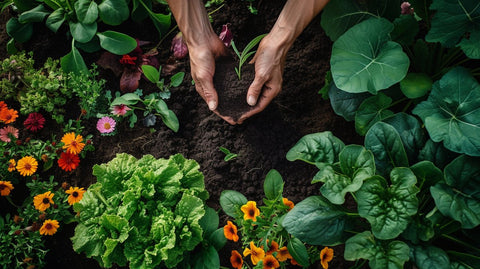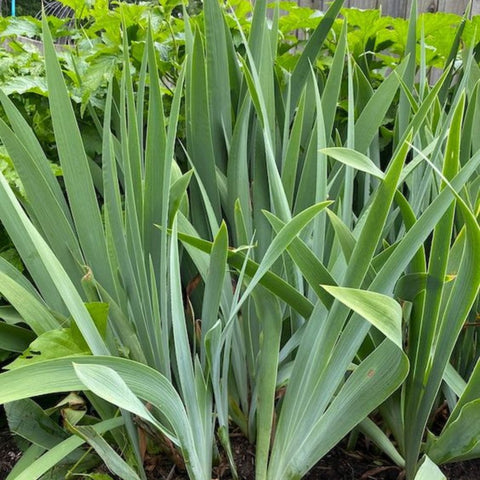I. Introduction

Springtime is just around the corner, and for garden enthusiasts, it's an exciting time of year. After the long winter months, preparing your garden for spring is essential to ensure a successful and bountiful gardening season. In this article, we will guide you through the necessary steps to get your garden ready for the coming season, offering expert tips and advice along the way.
II. Clean up and Remove Winter Debris

The first step in preparing your garden for spring is to clean up and remove any winter debris that may have accumulated. Dead plants, leaves, and branches can harbor diseases and pests that can hinder the growth of your plants. By clearing away this debris, you create a clean and healthy environment for your garden to thrive. Remember to dispose of the debris responsibly by composting or using your local waste management system.
III. Assess and Improve Soil Quality

Healthy soil is the foundation for a successful garden. Before planting, it's essential to assess your soil's composition and pH levels. Conducting a soil test will help you identify any deficiencies or imbalances that may exist. Based on the test results, you can then improve the soil quality by adding organic matter or using fertilizers specifically formulated for your soil type. By giving your plants the ideal soil environment, you set them up for healthy growth and abundant harvests.
IV. Pruning and Trimming

Regular pruning and trimming are necessary tasks to maintain the health and appearance of your plants, shrubs, and trees. By removing dead or overgrown branches, you encourage new growth and improve air circulation. Different plants have specific pruning requirements, so it's essential to research and follow appropriate guidelines. Additionally, proper tool maintenance is crucial for effective pruning. Keeping your tools clean and sharp ensures clean cuts and minimizes the risk of disease transmission.
V. Weed Control

Weeds can cause significant damage to your garden plants by competing for nutrients, water, and sunlight. To prevent weed growth, regular maintenance is key. Hand weeding is the most natural way to remove weeds, but if the infestation is severe, you may need to consider other methods like mulching or herbicides. Landscape fabric and mulching with organic materials can also help suppress weed growth. By staying on top of weed control, you create an environment that allows your plants to thrive without unnecessary competition.
VI. Planning and Planting

Planning and designing your garden layout is an exciting part of preparing for spring. Consider the specific needs of different plants, their growth habits, and compatibility when designing your garden beds. Research popular spring plants and flowers suitable for your region, ensuring they are well-suited to the local climate and growing conditions. When purchasing plants, select healthy specimens from reputable nurseries or reliable online sources. By carefully planning and selecting your plants, you set yourself up for a beautiful and flourishing garden.
VII. Watering and Irrigation

Proper watering and irrigation are essential for the health and growth of your plants. Consider the specific watering needs of different plant varieties and the climate conditions in your area. Remember to water deeply and infrequently to encourage deep root growth. In some cases, setting up an efficient irrigation system, such as drip irrigation, can help save water and ensure consistent moisture levels. By providing the right amount of water at the right time, you support healthy plant growth and minimize the risk of drought stress.
VIII. Pest and Disease Prevention

Pest and disease prevention should be a proactive approach rather than a reactive one. Regularly inspect your plants for signs of pests or diseases and take appropriate action promptly. Identifying common garden pests and diseases will help you implement effective control measures. Consider using organic and chemical-free methods, such as companion planting or introducing beneficial insects, to minimize the need for harsh pesticides. By focusing on prevention, you create a thriving and balanced ecosystem in your garden.
IX. Conclusion
Preparing your garden for spring is an exciting and essential task for any garden enthusiast. By following the steps outlined in this article—cleaning up debris, improving soil quality, pruning and trimming, controlling weeds, planning and planting, proper watering and irrigation, and pest and disease prevention—you will set your garden up for a successful and enjoyable gardening season. So roll up your sleeves, grab your tools, and let's get ready to welcome spring with a beautiful and flourishing garden!






























Comments (0)
There are no comments for this article. Be the first one to leave a message!